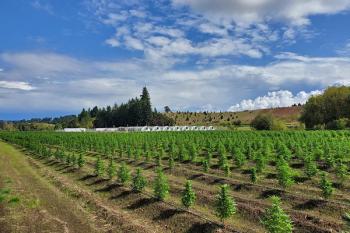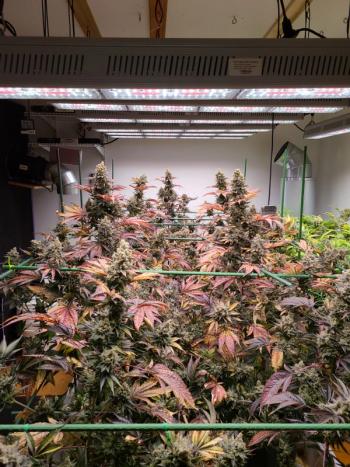Articles by Zacariah L. Hildenbrand

This article emphasizes the analytical value of terpene chirality in cannabis quality control. Many cannabis terpenes are chiral (have non-superimposable mirror images), and their enantiomeric distribution affects aroma, bioactivity, and product authenticity. Chiral gas chromatography (GC) is key to separating and quantifying these enantiomers, enabling more rigorous product standards.

The volatility of wholesale cannabis prices marked by large fluctuations and regional disparities highlight the inherent instability still present in the cannabis marketplace. Adapting to shrinking margins and increased competitions is putting pressure on operators, causing them to adopt cost-cutting technologies, expand into edibles and extracts, and secure long-term supply agreements. Understanding these evolving dynamics is essential for companies to adapt, compete, and thrive in the industry.

This article explores fundamental principles of photobiology, including Photosynthetically Active Radiation, photoreceptor-mediated responses, and the spectral influences on plant morphology and development.

Advancements in blockchain technology point toward an evolving landscape where transparency, security protocols, and regulatory compliance integrate into standard cannabis operations.

A look at how some cultivation methods are used to increase plant canopy penetrationfor indoor cannabis cultivation, increasing crop size while enhancing cannabinoid, terpene, and flavonoid production.

This article emphasizes anthocyanin production in cannabis cultivation, focusing on how cultivators can leverage environmental conditions and advanced lighting technologies to enhance plant health, aesthetic qualities, and phytochemical content.

In this article, we dive deeper into the physical, cellular, and molecular adaptions that plants demonstrate in response to light intensity and spectrum.

This article delves into the aspects of horticultural light intensity and spectra as well as their relative influence on cannabis photosynthesis, photomorphogenesis, and overall yield.

This article provides insights into the opportunities involving the genetic modification of cannabis.

A look at what epigenetics means, how other plant industries have used or studied them, and how that can be applied to cannabis to improve yields, plant genetics, and solve plant illness.

Variable Red Light Exposure Affects Phytochemical Content in Group III Cannabis Cultivars
ByZacariah L. Hildenbrand,Andrew Grosella,Robert Manes,Matthew Spurlock,Adam Jacques,Christian West ,Oriah Love,R . Edward Westerfield,Michael Pecore,Tiffany Liden,Shelly Gao,Kevin A. Schug In the work presented here, the authors evaluated the effects of variable red-light exposure on the phytochemical content of four Group III cannabis cultivars.

In this piece, we touch on the benefits and challenges associated with autoflowering genetics, and provide justification for why these unique varietals may be the catalyst for making cannabis medicine more accessible and approachable for the general population.

The data presented here document the phytochemical composition of a large dataset of Group III cannabis cultivars and allow for the identification of distinct sub-classes.

Isolated CBD, full-spectrum oil, and even smokable hemp are all being diluted down by a draconian regulatory framework that needs to be changed to facilitate growth, innovation, and prosperity throughout the industry.

What are the environmental implications of energy consumption for outdoor, indoor, and greenhouse cultivation?

Soil, water, and nutrient compositions play important roles in one’s quest to produce ultrapremium flower material; but unequivocally, it is lighting spectrum, coverage, and penetration that have the most influence over the terminal outcome, particularly in controlled environment agriculture.










